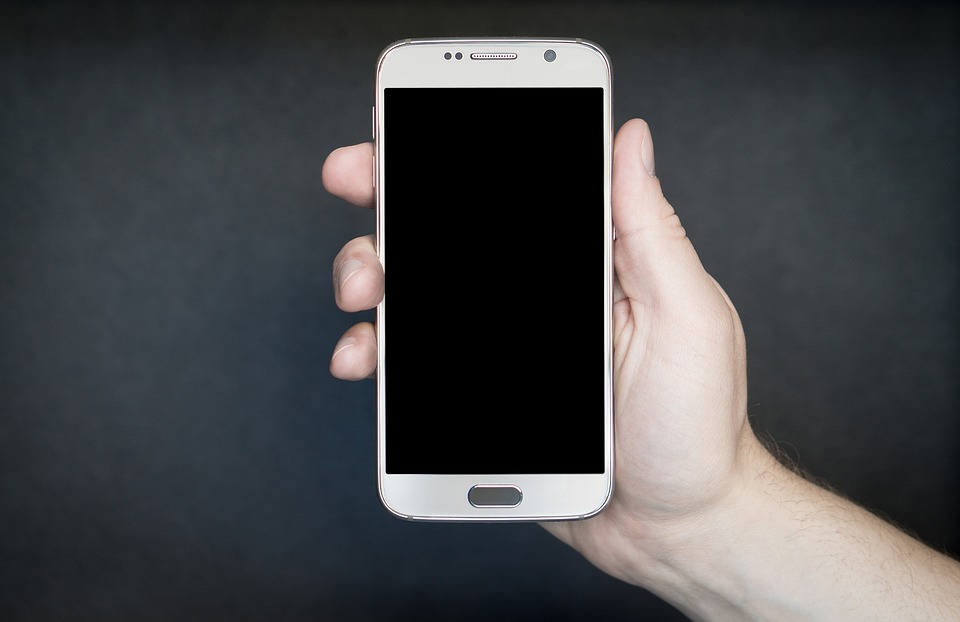Buying a new smartphone?

Finding the right smartphone is not easy. It doesn’t always have to be high-end models. Even less well-equipped smartphones have potential. Our purchasing guide reveals what you should consider when purchasing a smartphone.
Smartphone users can be roughly divided into three groups:
- On the one hand, there are those who always want to have the latest model, although it doesn’t matter if all the features and technical highlights are really needed. The smartphone is a prestige object and the price is a side issue.
- The second group of users, on the other hand, is concerned about what to expect from their smartphone. Before purchasing, it is considered which operating system and size the new companion has and perhaps even from which manufacturer the smartphone should come from.
- The third group wants the cheapest possible device and is willing to accept compromises for this.
Once the question of the operating system has been clarified, this already makes further device search much easier. The most popular are the systems of Apple and Google – iOS in the latest version iOS 14.x and Android in the latest version Android 11, which is now gradually played on supported smartphone models.
Apple iOS
If buyers choose Apple’s iOS, only the different iPhone models are available. The latest models include the iPhone SE (2020) unveiled in April in a retro dress with wide display margins and the 12-series of iPhone 12, iPhone 12 Pro, iPhone 12 Pro Max and iPhone 12 mini, unveiled in September.
While the iPhone SE (2020) in the basic version with 64 GB is available for less than 500 euros, the other models with sometimes well over 1000 euros are already more expensive.
iPhones are usually characterized by a good interplay between hardware and software. The device and software come from a single source, which is why older models can also be quickly updated, for example over four or five years. Even if the devices are not cheap, good update forecasts have a positive impact on the price-performance ratio.
Visit if you are looking for professional painting services.
Android
As comparatively clear as the selection of iOS smartphones is, it is so confusing with competitor Android. Many manufacturers such as Google with the Pixel smartphones such as Pixel 4a as well as Samsung like the Galaxy S20, Huawei and its Huawei P40, Xiaomi’s Mi 10 Pro, Oppo’s Find X2 Pro or OnePlus 8 Pro, rely on the system of Google. The difficulty is that some manufacturers give the device its own interface. Updates to new versions can sometimes take a lot of time or are completely absent for older or simple smartphones.
If you are interested in a new Android smartphone, you should keep an eye on the update forecasts. The transparency with which manufacturers now pursue their software policy has improved significantly over the past two and a half years. One example is Samsung. The South Korean-based company has released a list of smartphone models to be updated for three years. So it may be worthwhile to take a look at it before buying and to save money by choosing a predecessor instead of the latest generation, because the model is supported with updates for a long time.
Processors, Software, Display
In the meantime, Deca-Core processors are available in smartphones also known as chips with ten cores. However, these do not necessarily have to provide more performance than an octa-core processor. Not every quad-core or hexa-core processor needs to be slower than an octa-core chip. Generally speaking, the higher the clocking of the cores, the more power. If the clock rate is lower, the performance is also lower, but the power consumption usually decreases, which spares the battery. The fastest chip, for example, does nothing if the manufacturer then installs too little ram or the operating system slows down the smartphone.
Ultimately, the performance of a smartphone is measured by the interplay between the number of cores, the clock rate of the cores, the graphics unit used, the memory capacity, and the configuration of the operating system. Some users find the collaboration between hardware and software to be fast, especially if the hardware manufacturer has changed the Android system as little or not at all and pre-installed Android One. Android Go, on the other hand, is specifically designed for low-cost entry-level smartphones. Smartphones running Android One and Android Go often get updates faster than other manufacturers’ models that don’t participate in these programs.


